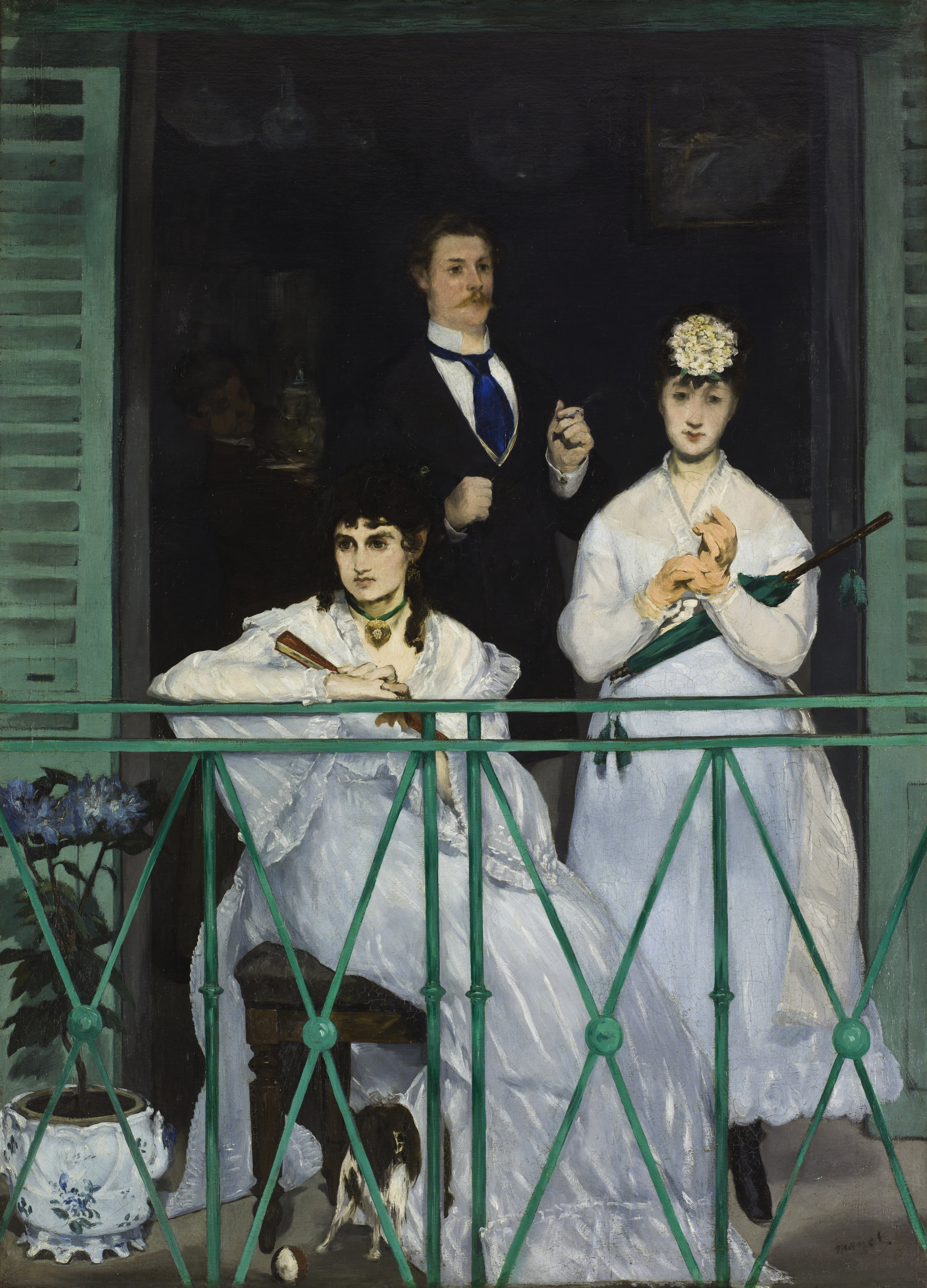Sleeping Savoyard Boy
7:00 AM |
| Wilhelm Leibl, Sleeping Savoyard Boy, 1869 |
By MADELINE VASQUEZ
Wilhelm Leibl, a German artist, was known for his paintings of portraits in connection with German naturalism and realism. Over the course of his work, Leibl made an important contribution to German realism, but went against the ways of Romantic naturalism which was not the norm. Leibl had a love for the subject matter of painting nature, human figures, human encounters or situations, and objects. Towards the beginning of his years as an artist, his work was defined and he paid attention to detail. His lines were more harsh and prominent than later in life when he began to draw and paint softer lines - almost as if it looked blurred. He used a good amount of natural and subtle colors to make his paintings appear very simple and delicate. What made Leibl unique was that he tried to stay away from the norm and made his artwork his own.
In Sleeping Savoyard Boy, Leibl creates a peaceful portrait of a boy sleeping after a long day of harsh labor. Leibl was always surrounded by poor laborers and would imagine them in an everyday setting without emotion. Through this painting, viewers are able to discern the normal perception of life in Savoy where one works hard for their livelihood, but at the end of the day is overcome by the rigors of life. He used the technique of oil on canvas to create a soft yet powerful painting of the representation of some people’s daily life. He did not draw this painting out, but rather directly used paint on canvas to create his work. On the background and foreground, he used short strokes with multiple colors of paint to create visible texture which contributed to his excellent way of establishing light and shadow.
Overall, Leibl is an exquisite German painter who took visuals and experiences in his everyday life and put them on canvas. Even if he saw a complete stranger that captured his attention, he would paint them, which in my opinion, is inspirational.



.jpg)







0 comments